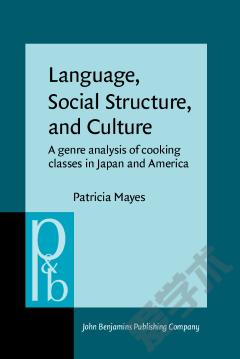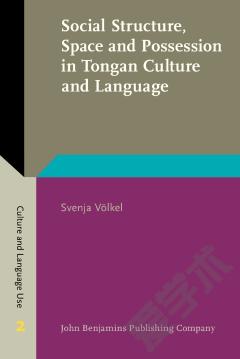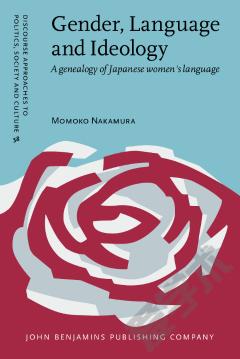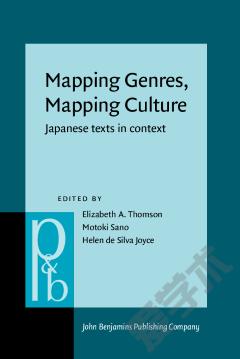Language, Social Structure, and Culture. A genre analysis of cooking classes in Japan and America.
Comparing Japanese and American interaction, Language, Social Structure, and Culture argues that language use is instrumental in the construction of social structure and culture. In order to ground the work in empirical evidence, verbal interaction in similar situations – Japanese and American cooking classes – is compared. Unlike other studies of verbal interaction, a genre analysis approach is used to examine regular patterns at three levels of language use: interaction, discourse, and grammar. Collectively, these patterns exhibit both similarities and differences across the classes in the two cultures, creating the unique event that has been institutionalized as a cooking class in each culture. In concluding, the author suggests that genre analysis is a useful approach for cross-cultural research in that it provides information about situation-specific language use, but also information about what aspects of linguistic structure are likely to become conventionalized across languages and cultures, across situations, and across time.
{{comment.content}}








 京公网安备 11010802027623号
京公网安备 11010802027623号